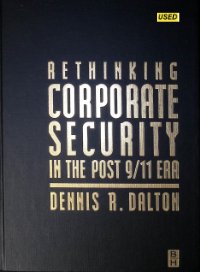By The National Police Foundation (Canada)
In the realm of public safety, Members of the RCMP play a vital and unique role, bearing the responsibility of upholding the law, protecting communities, and ensuring the well-being of Canadians, through municipal, provincial, and federal policing. Too often, they do so at risk of their own mental health and well-being. By choosing a life dedicated to the service of others through a career in public safety, they also accept the challenges and adversities inherent to their unique line of duty. Members are confronted daily with a myriad of stressors, risks, and emotionally taxing situations unique to their career which invariably take a toll on their psychological well-being. The very nature of their profession exposes them to violence, trauma, high-pressure situations, and a relentless demand for vigilance. This is compounded by organizational and operational stressors, mental health stigmatization, and a lack of comprehensive and accessible mental health services and supports. Over time, these factors have been shown to accumulate and lead to an array of mental health challenges, including posttraumatic stress disorder (PTSD), depression, anxiety, and a heightened risk of suicidal behavior. Understanding the mental health challenges faced by Members is a crucial step toward caring for Members and enhancing the overall effectiveness and sustainability of the RCMP. By recognizing and addressing these challenges, we can work towards more resilient, healthier, and better equipped Members who can continue to serve and protect Canadian communities safely and effectively. The National Police Federation (NPF) has demonstrated a strong commitment to supporting the mental health and wellbeing of Members of the RCMP. Recognizing the unique challenges and stressors faced by our Members, the NPF has actively engaged in partnerships to research and address mental health issues within the RCMP. Most recently, the NPF in partnership with the University of Regina and the Canadian Institute for Public Safety Research and Treatment (CIPSRT), funded a survey of serving Members across Canada. The NPF would like to thank all Members who took the significant time and commitment to participate in this survey. Some of the questions were potentially traumatic and tough, but by providing their voice, Members are helping make a difference for current and future Members.
Ottawa: National Police Federation, 2024.26p.





















